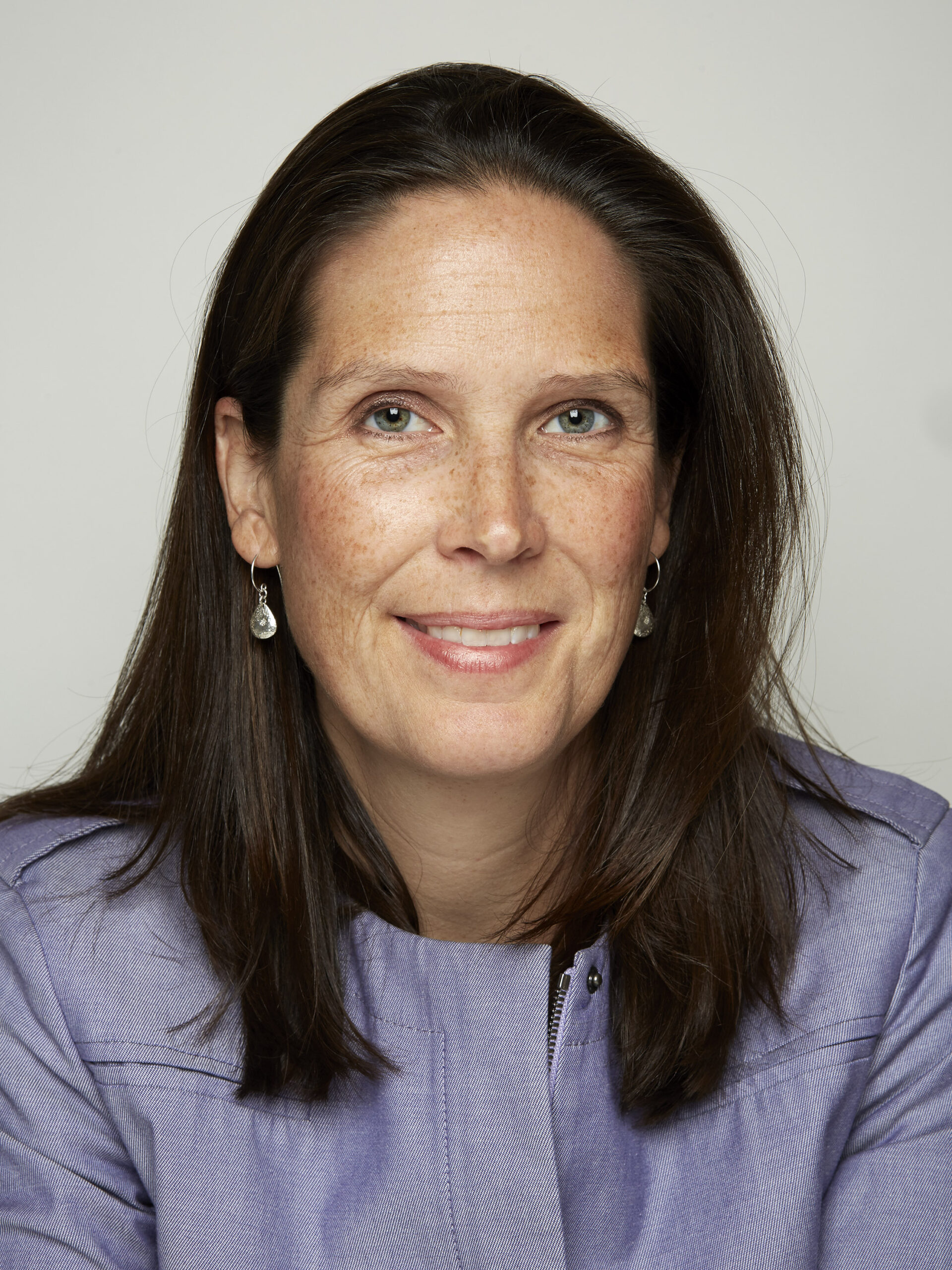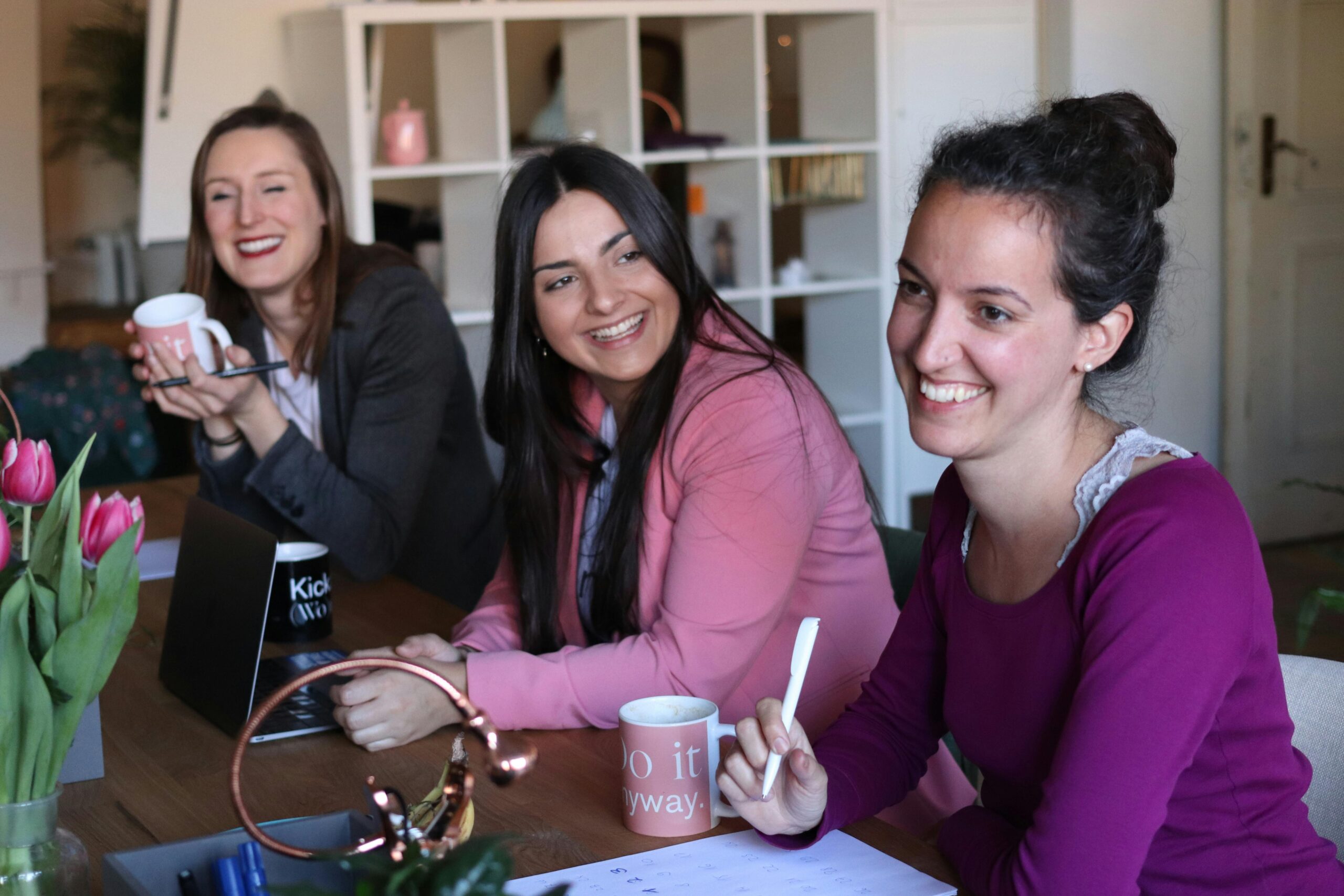Serious about systems change

When I invite friends and colleagues to join me at the TED Countdown summit, I always tell them the same thing: That I find it an invaluable use of time because the three days are highly energizing and I leave optimistic that we actually have the tools to decarbonize our economies.
This year was no exception. More than 800 people from across the globe came to talk about challenges that are alarmingly real, but where the palpable energy around solutions is also real.
What struck me the most this year was the seriousness with which people are trying to move outside their own individual lanes to understand how entire systems fit together. As we all know, one of gordion knots of tackling climate change is the need to impact all parts of systems simultaneously. My specific lane or lens in this knot is investment and climate finance.
This year at the summit we offered three breakthrough sessions— small group interactive dialogues — on finance. And to our surprise – the finance sessions filled first. A session called “Climate Finance 101” was so in demand that we ran it again. The demand came not from finance folks — but from everyone else: business leaders, NGOs, climate scientists.
Some folks confessed to finding climate finance like a black box — something they know is important but where the jargon and acronyms make it hard to access.
So we talked about finance as tools: What net zero means for the finance sector; how carbon markets fit in; what green bonds are and whether they work. What exactly is transition finance?
We talked about the successes being seen — the number of clean industries that are now profitable and at scale where money is moving easily. And we talked about the challenges — the harder to abate sectors, and in particular the urgent need to shift financing to the global south — why that’s hard and why we must do better.
That so many people showed up looking for better understanding on how money fits into the need for systems change says to me that we are all trying hard to understand parts of the system that aren’t our lane. The we increasingly collectively get that that all sorts of levers need to be pulled at the same time — and that as a part of each of our individual strategy to effect change, we all need to get more comfortable with more levers. That we need to demystify any black boxes out there so business leaders, policy makers, civil society leaders can draw on as many tools as possible as they try and drive us towards a less carbon intensive future.
So, as I promised the folks I invited, the summit was hugely energizing. And I personally left with evidence that we are getting better and better at amassing the technologies and tools that we need — and that we are looking systemically to pull multiple levers at the same time which is key. The tougher, lingering question is whether we collectively will take the tough decisions and use those tools now.


